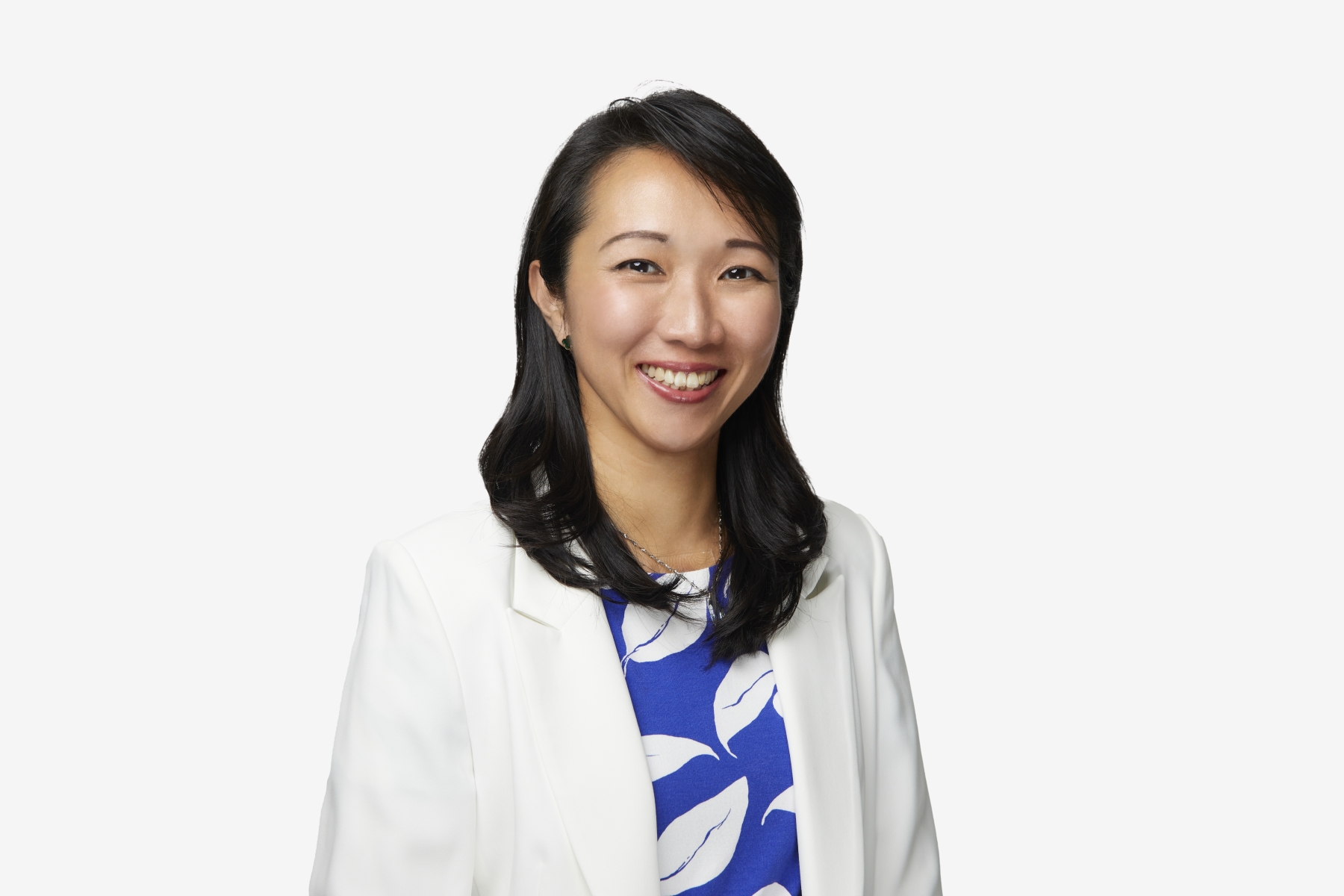
Increased liquidity drives growth in APAC secondary market
BMS Asia experts explain why M&A insurance is critical in facilitating secondary deals.
When the primary market, which represents new deals, is slow, investors turn to the secondary market — the buy-and-sell of investments already in place — as an alternative way to achieve their investment goals. This shift illustrates how changes in one part of the investment world can drive growth in another.
In the Asia-Pacific (APAC) region, a notable growth in secondary market activity has been attributed to challenging conditions in the primary mergers and acquisitions (M&A) market.
“APAC secondaries are just taking off in greater volume due to challenging M&A conditions on the primary deal front,” BMS Asia CEO Sandra Lee told Insurance Asia in a recent interview.

Despite a global drop in M&A activity to its lowest level in a decade, with deals falling to $3.2 trillion last year, the APAC insurance sector has shown relative resilience with only a 13% decline.
This local strength, combined with global influences, explains why APAC’s secondary market is thriving.
The increase in secondary market transactions in APAC reflects a broader global trend, where developments in major markets like the United States are impacting investment activity across the region.
Role of M&A insurance
M&A insurance plays a crucial role in facilitating smoother negotiations, increasing deal value, and expediting timelines in General Partners (GP)-led secondary transactions.
This form of insurance provides several distinct benefits and offers enhanced coverage through bespoke transaction insurance against various types of risks.
“M&A insurance is a very efficient and effective tool to tackle the challenges that arise in these types of transactions. It secures clean exits, provides enhanced coverage, and facilitates negotiations with aligned interests and mitigated risks,” explained BMS Asia Managing Director Martijn de Lange.

Despite the advantages, insuring secondary transactions in the APAC region comes with its own set of challenges.
Sifting efficiently through the complexities of GP-led secondaries can be particularly difficult for GPs, LPs, and their advisors, especially in Asia where this transaction structure is less common.
“These include the need for escrows and holdbacks for numerous years post-completion, misalignment between contractual recourse and liabilities post-closing, and inability to accurately identify risks,” said de Lange.
Case study
BMS Asia shared a case study on how a GP and anchor investors sought to transfer an asset into a Continuation Vehicle (CV) as the fund was nearing the end of its lifecycle.
“The fund was nearing the end of its lifecycle, but the asset had more potential. Some investors wanted to exit whilst others sought to extend the investment period,” De Lange said.
“The GP wanted a "clean exit" whilst investors needed protection against risks. Placing insurance on GP-led secondaries requires expertise, which BMS provides as a specialist insurance broker,” he added.
An educated outlook
Looking ahead, the secondary market in APAC is expected to continue its upward trajectory.
From a global perspective, deal activity for M&A insurance is expected to rebound this year to be led by Europe, according to a forecast by Clyde & Co.
In the US, major brokers are eyeing acquisitions in the managing general agents (MGA) and brokerage spaces, with cross-border deals also gaining traction.
International interest in the Gulf Cooperation Council (GCC) region is also growing, with brokers targeting businesses in the UAE and Saudi Arabia.
Whilst predicting five years into the future is challenging due to market volatility, BMS Asia maintains an educated outlook. “We can see through market statistics that secondary transactions have been on the rise in APAC since 2023,” said de Lange. “Given our pipeline and market conversations, this trajectory may continue to roll over to 2025 at least.”



















 Advertise
Advertise







